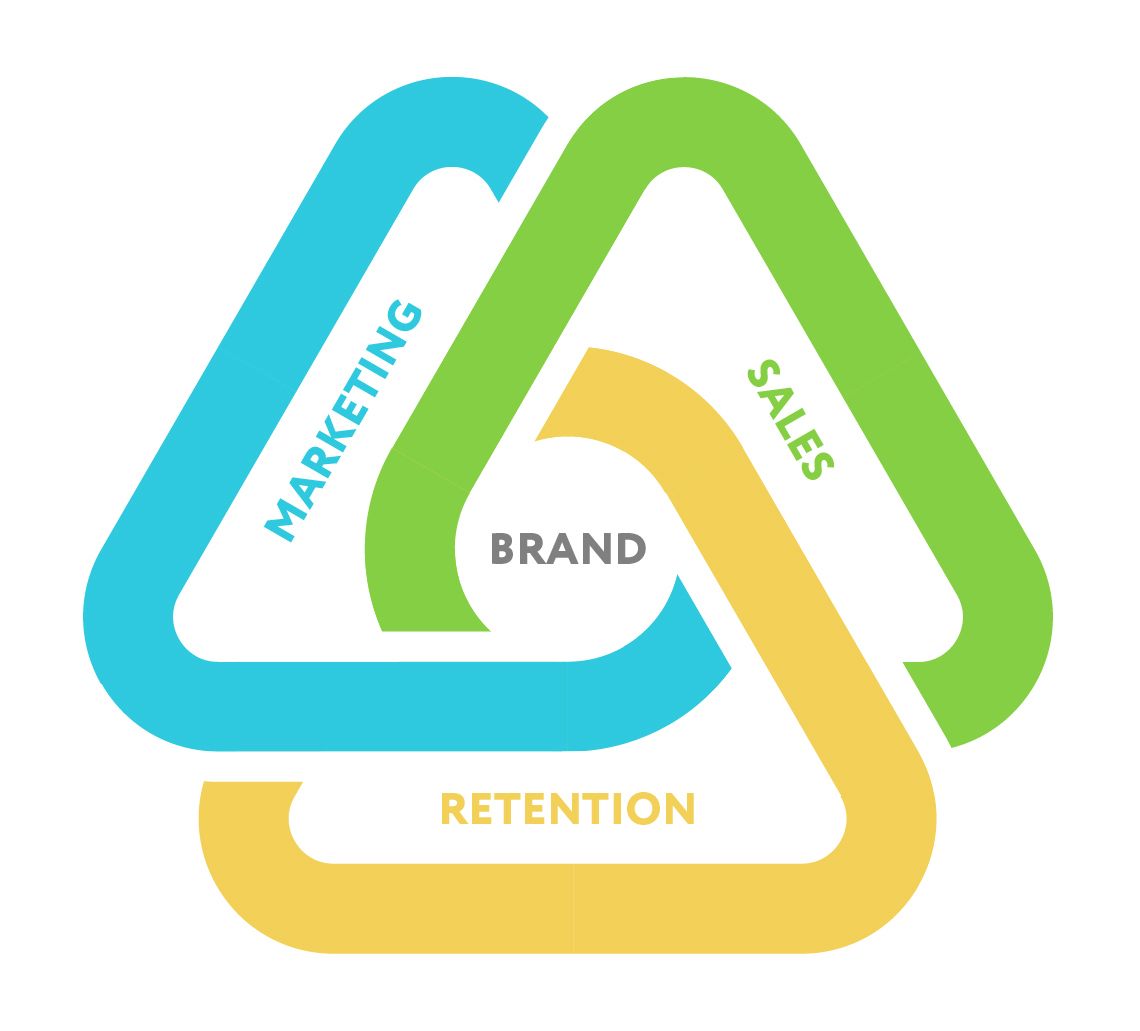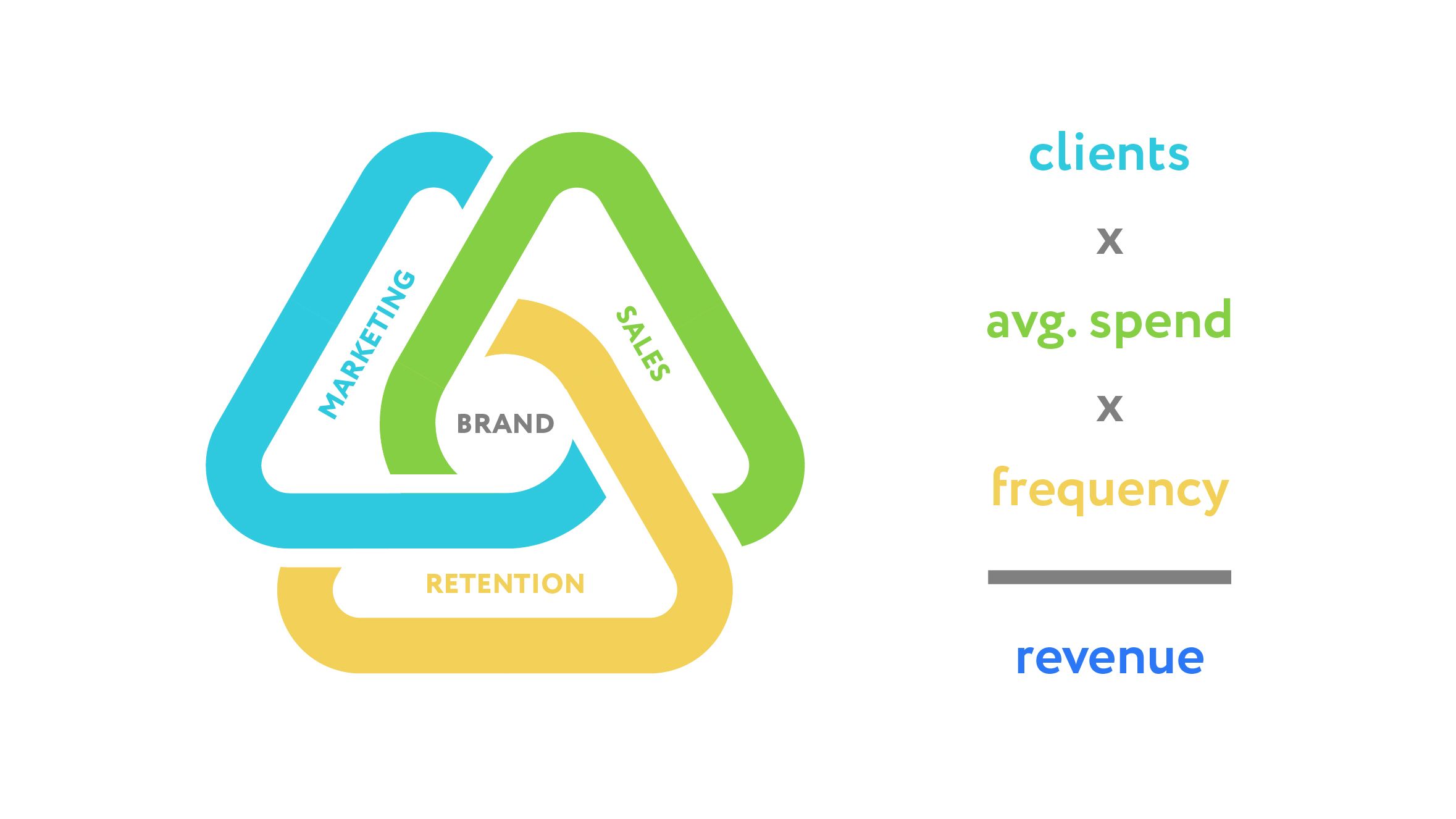The Most Common Mistake in Marketing

The Problem with Today’s Marketing
Over the past two decades I have worked with hundreds of companies across multiple industries spanning the entire globe. A large majority of the marketing teams I speak with are making a common mistake, which they appear completely oblivious to.
Their heart is in the right place, and they work tirelessly to achieve results, but they have no idea what impact their efforts are having on the business. Are the results good or bad? Even if they’re “good”; compared to what?
This lack of clarity means they are plagued with fear that their efforts aren’t translating into meaningful business outcomes. Impostor syndrome is rampant. They are afraid of tracking, in case it shows cracks, rather than demonstrating the value they are actually providing.
Marketing Vs. Sales
The lack of clarity often leads to an ongoing, often unspoken war between the marketing team and the sales team. Sales blame Marketing for not attracting the right leads, and Marketing blame Sales for not being able to close them. Without end-to-end tracking which puts an end to the debate, the war rages on and nobody benefits. Least of all, the business.
Even in cases where they are tracking; many of them are focusing all their efforts on the wrong metrics, such as leads generated.
Tracking the Wrong Stuff
Before tracking can be set up, there needs to be consensus on the right metrics to track in the first place. When Marketing are super-focused on leads, they measure each channel against how many leads it generates. This is a huge mistake.
Wait, Tracking Leads Generated is Wrong?
Tracking leads is definitely an important piece of the puzzle and they should be tracked. But if you only focus on one piece of the puzzle, you won’t complete the picture.
Your potential leads are browsing the web just like you and me. They spend time on social media when they’re procrastinating or they’re off work. They focus on LinkedIn when they are looking for a job (heaven forbid), looking to develop their network, or seeking industry relevant news & insights. They use email for work communication and to stay organised with everything that’s going on. And they use websites to research information about companies, before making a commitment. The list goes on.
Why is this important to consider? Because the role of social media is different to the role of paid search, for example. Social media can be used to raise awareness of your business, but you’re
entering their mental sphere at a time that is right for you, not them. In fact, at any given moment, only 3% of your total addressable market has a need for your product or service immediately. Contrast this with paid search, where the majority of people searching have an immediate need, and you start to realise why those two channels need to be used and measured differently.
In the above example, social media would be seen to be failing in comparison to search ads. But in actual fact, your social media efforts are playing an important role in raising awareness and stimulating those searches when the time is right for your prospect.
This all leads back to one simple fact. You need to track individual channel performance according to its purpose and place within the Buyer’s Journey. Cutting out channels because they aren’t generating leads could be a huge mistake and have knock-on effects for the rest of your channels.

More Leads is Not the Goal
Let’s assume you have your Buyer’s Journey and channels all zipped up tight. Your strategy is strong. Leads are being generated in large numbers and you’re patting yourself on the back for a job well done.
All things the same, increasing leads for the company by 30% would lead to an equal increase in sales and therefore revenue. 30% increase in leads ≈ 30% increase in revenue. This is linear growth.
This might seem great, but you’re leaving a lot of potential revenue on the table. Only focusing on leads means you can expect linear growth. With linear growth, your percentage gains are highly dependent on your marketing budget. In other words, lead generation is a one-dimensional approach to growth.
There is a far more effective way to achieve exponentially greater revenue growth, without increasing your marketing budget.
The Solution
Let’s take a step back and look at the bigger picture for a second. Why are we trying to generate leads in the first place?
Naturally, more leads means more sales. More sales means more revenue. Revenue growth is the ultimate end-goal.
Why Aren’t We Focusing on the End Goal?
If you ask the wrong questions, you’ll get the wrong answers.
The most important question never asked is: What is the true growth potential of this business and therefore how much opportunity is being left on the table?
Then you can ask: How do we close the gap between today’s revenue, and tomorrow’s potential revenue?
Focusing on Revenue Growth
When you focus on revenue growth, you find yourself in alignment with the sales team. You realise that you all share the same objective. This leads to better ways of working together and collaborating, because Marketing plays a huge role in Sales. Not only in lead generation, but also in sales conversion rate and average spend.
Did you know that on average, the lifetime value of a customer is 10X greater than their initial transaction value? Are you using marketing to extract more of that revenue potential? Marketing plays an important role in retaining the customers who you’ve already won. It helps you to stay at the front of their mind, it increases awareness of the products & services you offer, and it motivates additional purchases. This in turn increases the frequency of purchase from all existing customers as well as the new ones generated.
Not only that, but marketing can be used to increase referrals too, which are far more likely to close than other lead sources. This is because a referral comes with trust packaged in.
These areas all contribute to revenue growth, and they span across Marketing, Sales and Retention. These three pillars of growth are combined to form the Grow Trifecta.

The Grow Trifecta is backed up by a mathematical equation which applies to every business to predict revenue. It’s as follows:

When you look beyond lead generation, you see an opportunity to leap from linear growth to geometric growth (major gains from minor improvements). Putting that into perspective, increasing leads, average spend and purchase frequency by 30% each, leads to a 120% increase in revenue. That’s more than double.

How can Marketing Contribute to These Other Growth Areas?
Marketing boils down to human communication. It’s responsible not only for raising awareness, but for communicating value in a way that motivates people to enquire and buy. Therefore marketing can play a role in increasing the value perception of your product or service in a way that makes the viewer decide they want to buy, long before they speak to a salesperson.
If you do this well, then naturally the sales conversion rate will increase. The buyer will also have an improved perception of the value your business provides, and therefore be willing to pay more for it. Up goes Average Spend.
Ongoing communication with existing customers through emailers, remarketing, automated “personalised” emails, and LinkedIn posts, Thought Leadership and regularly sharing insights, all play a role in keeping your business front-of-mind and increasing your customers’ awareness of what you can offer. This stimulates repeat business as well as referrals. Up goes Purchase Frequency. Up go Hot Leads.
In terms of time and resources, there isn’t a huge difference between a pure lead generation approach and the Grow Trifecta approach. But there is a massive difference in the amount of revenue that can be generated. Going from 30% growth to 120% growth is a 300% change!
Grow will be giving a live talk at the B2B Marketing Expo on 22 November 2022 at 15:30 in the Lead Generation & SEO Theatre. We’ll be talking about the secret sauce for growth, so if you found this insightful, be sure to attend for a more in-depth discussion. You can also visit us at booth B2B-H73 and we will be delighted to welcome you!
)

)